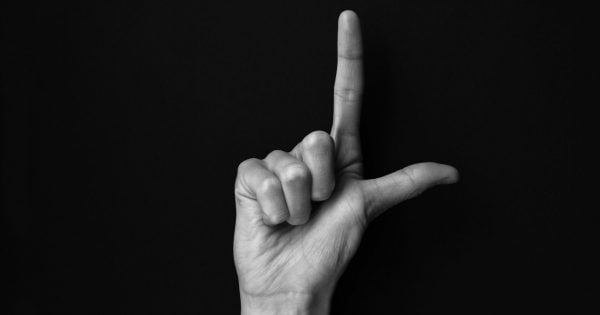Gerard Gormley, Queen’s University Belfast
Do you ever have trouble telling right from left? For example you’re taking a driving lesson and the instructor asks you to take a left turn and you pause, struggling to think of which way is left. If so, you’re not on your own – a significant proportion of our population has difficulty in telling right from left.
Left-right discrimination is a complex neuro-psychological process involving several higher neurological functions such as the ability to integrate sensory and visual information, language function and memory. For some it is second nature but for others a considerable challenge. You can take a test here to see how well you do.
One further problem facing the health profession is that when a doctor or nurse faces a patient, their right-side is on the patient’s left-side. So correctly distinguishing right from left in a patient also involves the visuo-spatial function of mentally rotating images.
Wrong turns to avoidable errors
It’s hardly the end of the world if you take the wrong direction on a journey, but there are many situations where confusing right from left can have devastating consequences. Some of the most tragic errors in medicine have been when surgery was performed on the wrong side of a patient: removing the wrong kidney or amputating the wrong leg. While there are systems, checks and balances in place to anticipate and minimise these kinds of mistakes, when they do occur, human error is often at the root of the cause.





























































































